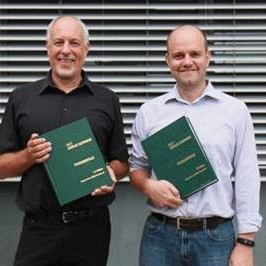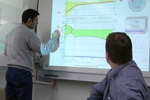5-year license
The license is valid for 5 years from purchase of the software. During the term of validity all updates and upgrades of this software version are free of charge (also an upgrade to the main version, e.g. 5.x to 6.0). For additional information, please go to: prices
3-year license
The license is valid for 3 years from purchase of the software. During the term of validity all updates and upgrades of this software version are free of charge (also an upgrade to the main version, e.g. 5.x to 6.0). Switching the term of validity to the 5-years version is not possible (only by purchase of a new license). For additional information, please go to: prices
1-year license
The license is valid for 1 year from purchase of the software. During the term of validity all updates and upgrades of this software version are free of charge (also an upgrade to the main version, e.g. 5.x to 6.0). Switching the term of validity to the 5-years version is not possible (only by purchase of a new license). For additional information, please go to: prices
 Prices for WUFI® Plus and WUFI® Passive are reduced by 10% in our online shop until the end of the year.
Prices for WUFI® Plus and WUFI® Passive are reduced by 10% in our online shop until the end of the year. When purchasing a product from the WUFI® family no support is included!
When purchasing a product from the WUFI® family no support is included! Moisture management in buildings is a trending topic, as moisture related problems not only affect old buildings, but energy efficient new ones as well. In the United States, roughly 50% of all households reported the prevalence of dampness and mold. European households discovered these same issues, reporting them in about 20% of households.
Moisture management in buildings is a trending topic, as moisture related problems not only affect old buildings, but energy efficient new ones as well. In the United States, roughly 50% of all households reported the prevalence of dampness and mold. European households discovered these same issues, reporting them in about 20% of households. The WUFI
The WUFI The new versions WUFI® Plus 3.1.0 and WUFI® Passive 3.0.1 have been released. Please find an overview of alterations and setup instructions in the
The new versions WUFI® Plus 3.1.0 and WUFI® Passive 3.0.1 have been released. Please find an overview of alterations and setup instructions in the  There are still some free places available for a WUFI
There are still some free places available for a WUFI